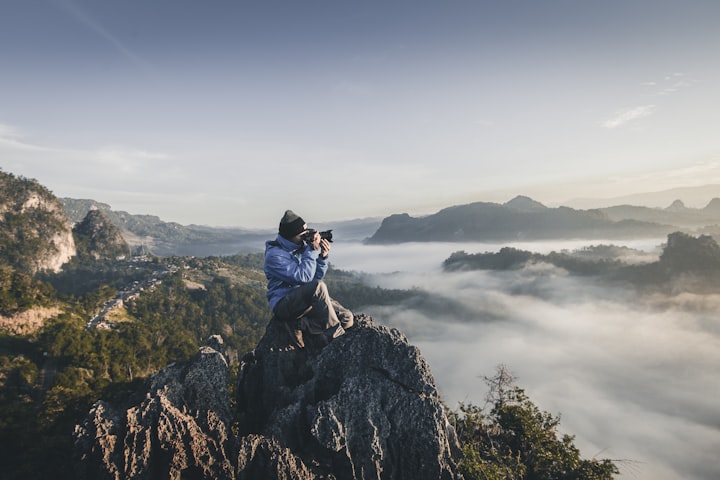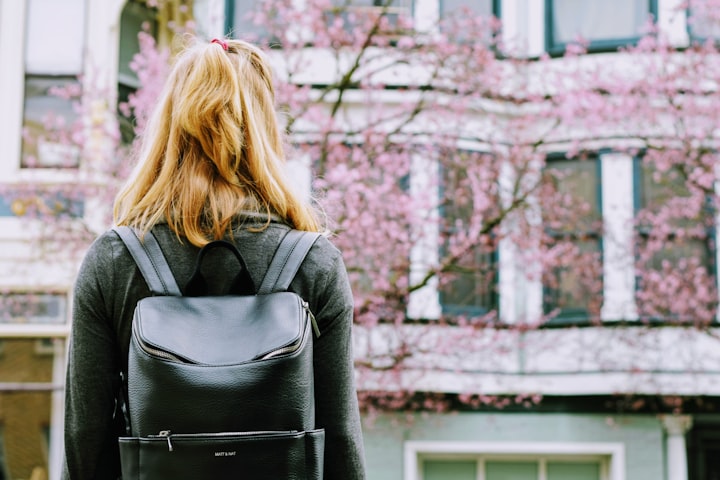The Ultimate Guide to Real Estate Photography
Best Ultimate Guide to Real Estate Photography in 2023

Introduction
If you're reading this, chances are you're interested in taking up real estate photography, or perhaps you're already a photographer who wants to branch out into this area. Either way, you've come to the right place. In this article, we'll be covering everything you need to know about real estate photography, from the basics of camera equipment and lighting, to composition tips and post-processing techniques. By the end of this article, you'll be armed with all the knowledge you need to start taking stunning real estate photos. So let's get started! also read best real estate photo retouching service provider.
Camera Essentials for Real Estate Photography
If you're serious about real estate photography, then you need to have the right camera gear. Here are the essentials:
A DSLR camera: This is the type of camera that most professional photographers use. It gives you the ability to change lenses, which is important for real estate photography.
A wide-angle lens: This type of lens is essential for capturing the entire room in your photos.
A tripod: A tripod will help you keep your camera steady and avoid blurry photos.
A flash: A flash is important for taking photos in low-light situations.
Now that you have the essentials, let's move on to some tips for taking great real estate photos.
Lens types for real estate photography
There are a few different types of lenses that are commonly used for real estate photography. The most popular type is the wide-angle lens. This type of lens is great for capturing large spaces and rooms. It can also be used to make small spaces look larger than they actually are.
Another popular type of lens for real estate photography is the telephoto lens. This type of lens is great for taking close-up shots of details, such as architectural features or landscaping.
Finally, the fisheye lens is sometimes used for real estate photography. This type of lens creates a very distorted image, which can be interesting for certain types of shots.
The Importance of Good Lighting in Real Estate Photography
Good lighting is one of the most important aspects of real estate photography. Poor lighting can make even the most beautiful home look unappealing, while good lighting can make a average home look stunning. There are a few things to keep in mind when it comes to lighting in real estate photography.
First, you want to make sure that the home is evenly lit. This means that there are no dark corners or areas where the light is too bright. You also want to make sure that the light is not too harsh. Harsh light can create shadows and make the home look less inviting.
Second, you want to use natural light whenever possible. Natural light is always the best option for real estate photography because it makes the home look more inviting and warm. If you have to use artificial light, try to use soft white bulbs to avoid creating harsh shadows.
Third, you want to pay attention to the time of day when you are taking photos. The best time for real estate photography is early in the morning or late in the afternoon when the sun is not too high in the sky. This will help you avoid harsh shadows and create softer, more flattering light.
By following these tips, you can ensure that your real estate photos are well-lit and inviting. Remember, good lighting can make all the difference in whether or not someone decides to buy a home!
Composition Tips for Real Estate Photography
When it comes to real estate photography, composition is key. Here are a few tips to help you compose the perfect photo:
1. Use leading lines. Leading lines are lines that lead the eye into the photo. They can be created by fences, roads, pathways, or even the edge of a building. Including leading lines in your photos will help give them a sense of depth and make them more visually appealing.
2. Find the right angle. Sometimes the best photos are taken from an unexpected angle. Get creative and experiment with different perspectives to find the one that best shows off the property.
3. Include negative space. Negative space is the empty space around the subject of the photo. Including negative space in your photos can help to create a sense of balance and make them more visually appealing.
4. Use symmetry and patterns. Symmetry and patterns can add interest to a photo and help to draw the eye in. Look for opportunities to include symmetry and patterns in your real estate photos.
5. Edit your photos. Editing your photos can help to improve their overall quality and make them look more professional. Be sure to edit your photos before you share them with potential buyers or clients.
Post-Processing Your Real Estate Photos
It's important to remember that real estate photography is all about presenting the property in its best light. This means that post-processing your photos is an essential part of the process.
There are a few things you'll want to keep in mind when post-processing your real estate photos. First, you'll want to make sure that the colors are accurate. This means adjusting the white balance and saturation levels as needed. Second, you'll want to make sure that the photos are sharp and clear. This means using a noise reduction tool and ensuring that the photos are properly exposed. Finally, you'll want to add any final touches that will help the photos pop. This could include adding a vignette or increasing the contrast.
By following these simple tips, you can be sure that your real estate photos will look their best.
Conclusion
As you can see, real estate photography is not as simple as just pointing and shooting. There are a few key things you need to keep in mind if you want to produce high-quality photos that will help sell a property. By following the tips in this guide, you should be well on your way to becoming a successful real estate photographer.





Comments
There are no comments for this story
Be the first to respond and start the conversation.